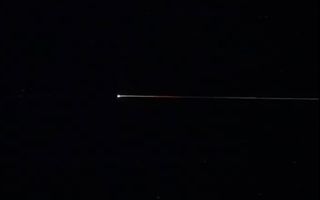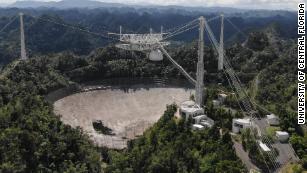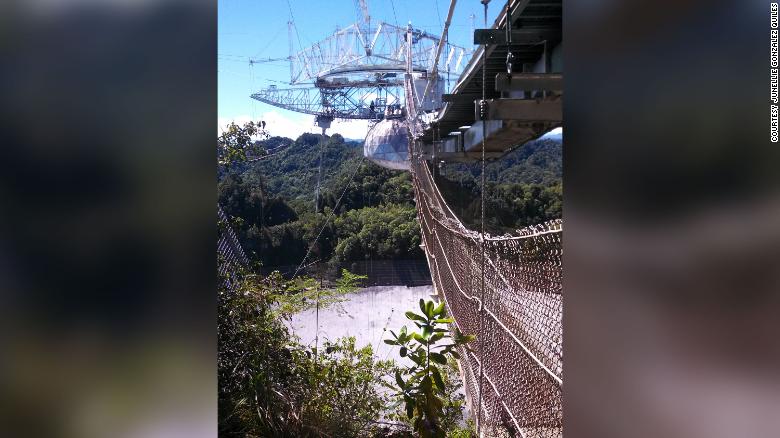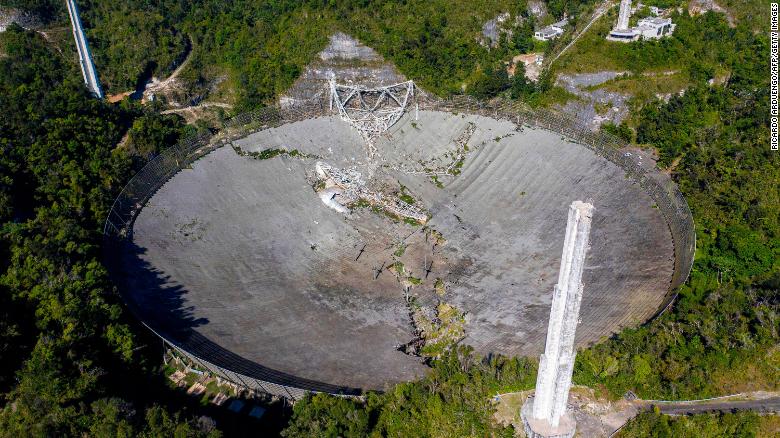Japan has done it again

The return capsule of Japan's Hayabusa2 asteroid-sampling mission streaks through Earth's atmosphere shortly before landing on Dec. 5, 2020.
(Image: © JAXA)
For the second time ever, humanity has brought asteroid samples down to Earth.
A small capsule bearing pristine pieces of the near-Earth asteroid Ryugu touched down early this afternoon (Dec. 5) within the remote and rugged Woomera Prohibited Area, about 310 miles (500 kilometers) northwest of the South Australian capital of Adelaide.
The samples were snagged millions of miles from Earth by Japan's Hayabusa2 mission, which studied the 3,000-foot-wide (900 meters) Ryugu up close from June 2018 to November 2019.
Related: We may be in a 'golden age' of sample-return space missions
Hayabusa2's predecessor was the first to haul space-rock samples home, delivering pieces of the stony asteroid Itokawa in 2010. But the original Hayabusa (Japanese for "peregrine falcon") returned less than 1 milligram of material. Hayabusa2's bounty is expected to exceed 100 mg (0.0035 ounces), and its samples come from a very different kind of asteroid — a primitive "C-type" space rock rich in water and carbon-containing organic compounds.
"The materials that formed the Earth, its oceans and life were present in the primordial cloud from which our solar system formed. In the early solar system, these materials were in contact and able to chemically interact within the same parent objects," Japan Aerospace Exploration Agency (JAXA) officials wrote in an overview of Hayabusa2.
"These interactions are retained even today in primitive bodies (C-type asteroids), so returning samples from these bodies for analysis will elucidate the origins and evolution of the solar system and the building blocks of life," they added.
Having the samples here on Earth is key; scientists in well-equipped labs around the world can scrutinize the cosmic rock in far greater detail than Hayabusa2, or any other probe on its own in deep space, ever could. The returned material's purity is also a major selling point. Researchers already have access to many meteorites, but these "free samples" of asteroids have been significantly altered by their trip through Earth's atmosphere and their time on our planet's surface.
Asteroid Touchdown! Watch Japanese Probe Collect Samples
A long journey
The 1,340-lb. (690 kilograms) Hayabusa2 spacecraft launched in December 2014 and rendezvoused with the rugged Ryugu on June 27, 2018, kicking off an epic exploration campaign.
Hayabusa2 observed Ryugu in detail and also deployed multiple miniprobes onto the asteroid's surface — several tiny, hopping rovers and a microwave-sized lander called MASCOT (Mobile Asteroid Surface Scout), which was provided by the German Aerospace Center in collaboration with the French space agency CNES.
The main Hayabusa2 spacecraft made two trips of its own to Ryugu's surface, both times to snag samples. During the first of these operations, in February 2019, Hayabusa2 scooped up some surface material. In April of that year, the spacecraft fired a 5.5-lb. (2.5 kg) copper projectile at Ryugu, blasting a 33-foot-wide (10 m) crater into the asteroid's surface. Then, that July, the probe swooped down and collected some of this recently excavated dirt and rock.
Hayabusa2 kept these two samples separate, so scientists will be able to compare material from two very different environments — Ryugu's surface, which is weathered by space radiation, and the asteroid's more protected depths.
Related: Touchdown! Incredible photos show 2nd asteroid landing by Japan's Hayabusa2
.
See JAXA's Impactor Descend to Asteroid Ryugu Surface
With these samples secured, Hayabusa2 left Ryugu in November 2019 and headed home. On Nov. 26 of this year, when Hayabusa2 was about 2.2 million miles (3.6 million kilometers) from Earth, the probe fired its engines in a key trajectory-refining burn. The maneuver put Hayabusa2 on course toward a 6-mile-wide (10 km) slice of sky over Woomera — the precision equivalent of targeting a ladybug from 0.6 miles (1 km) away, JAXA officials wrote in a post-burn update.
Hayabusa2 released the 16-inch-wide (40 centimeters) return capsule on Friday night (Dec. 4), at a distance of about 137,000 miles (220,000 km) from our planet, JAXA officials said. The main spacecraft then conducted another engine burn to head away from Earth, for its work is not done: JAXA recently approved an extended mission for Hayabusa2, which will fly by the small asteroid (98943) 2001 CC21 in 2026 and rendezvous with yet another space rock, 1998 KY26, in 2031.
But the return capsule, which has no propulsion system of its own, kept barreling toward Earth. It hit the atmosphere at 12:28 p.m. EST (1728 GMT) today, at an expected speed of roughly 26,840 mph (43,190 kph). The little craft deployed its parachute a few minutes later, when it was about 6 miles (10 km) above the ground, and touched down around 12:47 p.m. EST (1747 GMT; 2:47 a.m. JST and 4:17 a.m. local Australian time on Dec. 6), JAXA officials said.
Recovery crews headed out in a helicopter to search for the capsule, ultimately spotting it at 2:47 p.m. EST (1947 GMT).
After securing and inspecting the craft, Hayabusa2 team members will transport it to JAXA's Extraterrestrial Sample Curation Center in Japan. This facility, which was completed in 2008, was designed specifically to house and study cosmic material brought home by space missions.
Some of the Ryugu material will then make its way to labs around the world, where scientists will study it for clues about the solar system's early days and the rise of life on Earth.
Pieces of heaven: A brief history of sample-return missions
Spacecraft collects asteroid bits in amazing views from approach to stow
A golden age of sample-return missions
Several other spacecraft will soon follow Hayabusa2's lead, bringing their own pieces of heaven down to Earth.
China's Chang'e 5 lunar lander, for example, scooped up pristine material from the moon's surface this week. This sample is scheduled to land in Inner Mongolia on Dec. 16 or Dec. 17. And in October of this year, NASA's OSIRIS-REx spacecraft snagged a big sample of another carbon-rich near-Earth asteroid, the 1,640-foot-wide (500 m) Bennu. OSIRIS-REx's return capsule will land in Utah in September 2023, if all goes according to plan.
The goals of Hayabusa2 and OSIRIS-REx are broadly similar, and the two mission teams have been working together extensively over the past few years to help achieve them. That collaboration will extend to the sharing of samples after touchdown, members of both teams have said.
In addition, the first stage of a complex, long-term campaign to haul Mars samples to Earth kicked off this past July with the launch of NASA's Mars 2020 rover Perseverance, which will land on the Red Planet in February 2021. Among the life-hunting rover's many tasks is the collection and caching of several dozen samples, which NASA and the European Space Agency will work together to bring home, potentially as early as 2031.
JAXA is working on its own Mars sample-return project — a mission called Martian Moons Exploration (MMX), which is scheduled to launch in 2024. MMX will grab samples of Phobos, one of the Red Planet's two small moons, and bring them to Earth for analysis.
Editor's note: This story was updated at 3:10 p.m. EST on Dec. 5 to report that the Hayabusa2 team had found the return capsule.
Mike Wall is the author of "Out There" (Grand Central Publishing, 2018; illustrated by Karl Tate), a book about the search for alien life. Follow him on Twitter @michaeldwall. Follow us on Twitter @Spacedotcom or Facebook.
































